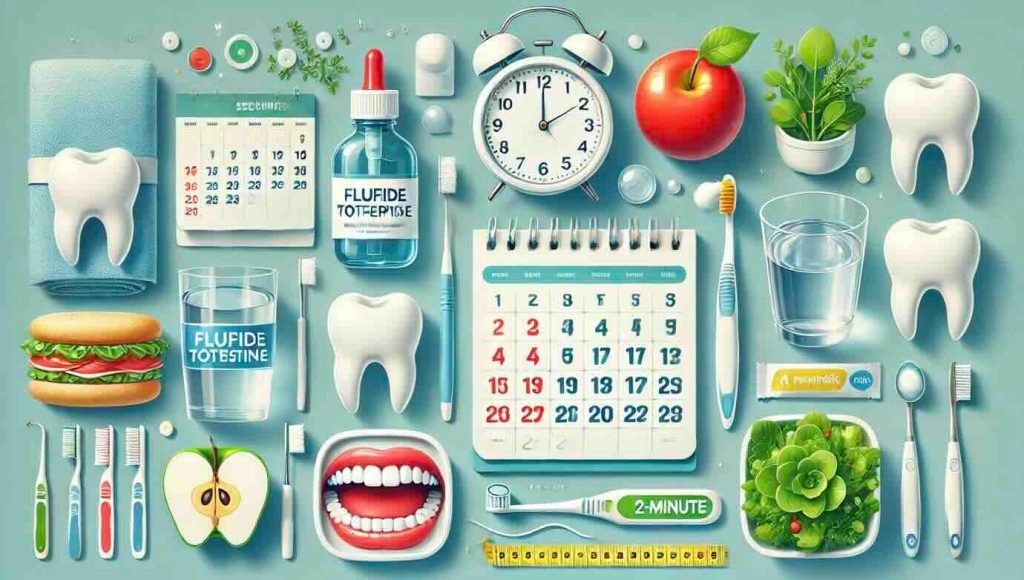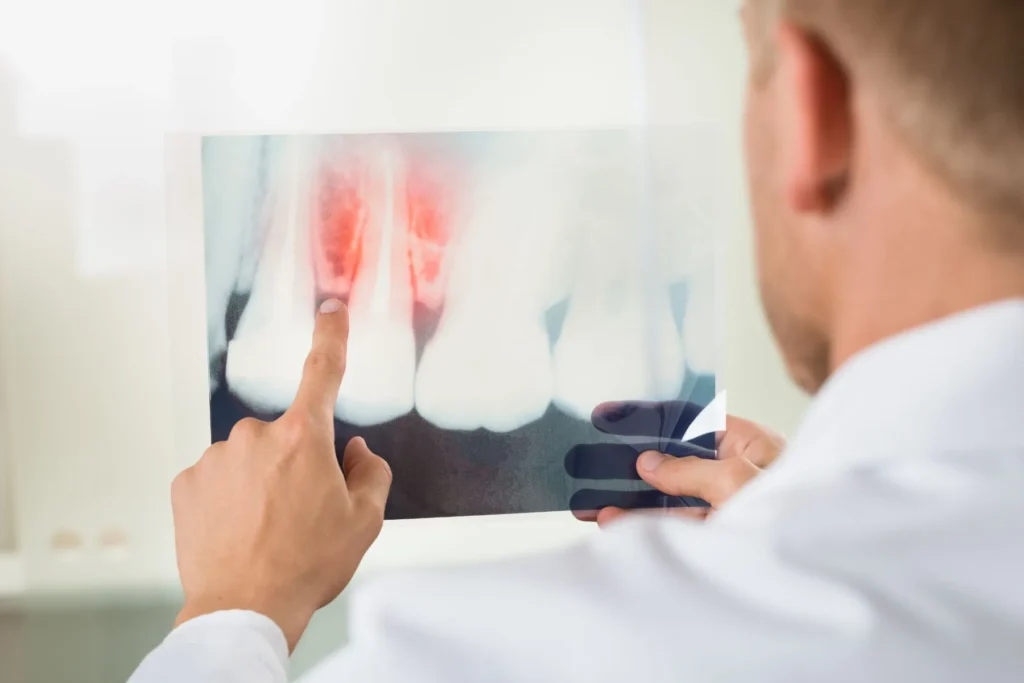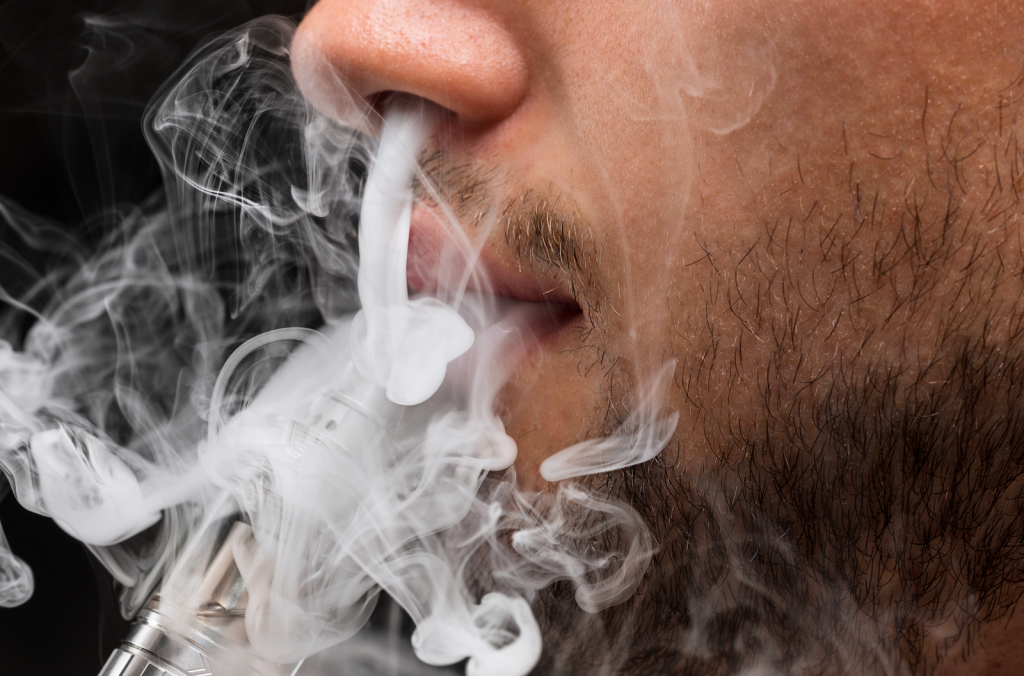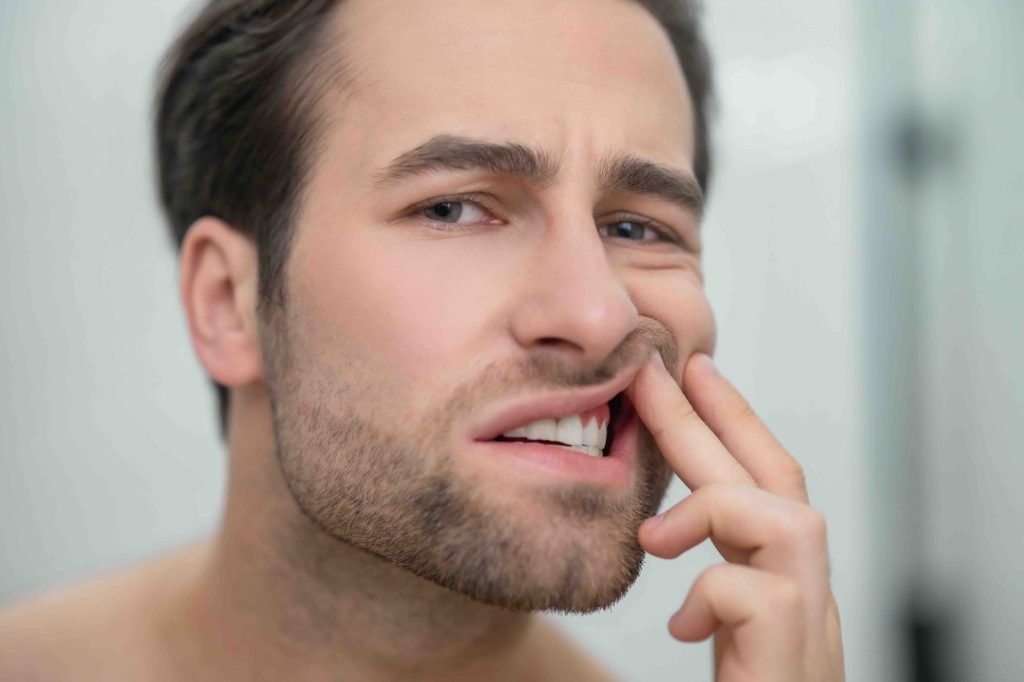Your gums are the foundation of a healthy smile. They protect your teeth, support their structure, and play a vital role in overall oral health. Neglecting your gums can lead to problems such as gingivitis, periodontitis, and even tooth loss. But with the right gum care routine, you can prevent these issues and keep your gums strong and disease-free. This guide will walk you through everything you need to know about keeping your gums in top shape.
Understanding Gum Care: The Basics
Healthy gums should be firm, pink, and free of swelling or bleeding. They act as a protective barrier against bacteria and infections. When gums are neglected, plaque buildup can cause inflammation, leading to gum disease. To prevent this, it’s crucial to follow a proper gum care routine.
Best Practices for Gum Care
1. Brushing the Right Way
Brushing is the first step to maintaining healthy gums. Here’s how to do it effectively:
- Use a soft-bristled toothbrush to avoid damaging your gums.
- Brush at least twice a day, for two minutes each time.
- Hold your toothbrush at a 45-degree angle and use gentle, circular motions.
- Pay extra attention to the gumline, where plaque tends to accumulate.
- Consider using an electric toothbrush, which can be more effective at removing plaque.
2. Flossing Daily: A Must for Gum Care
Brushing alone cannot remove plaque from between your teeth and along the gumline. Flossing helps eliminate food particles and bacteria that can lead to gum disease. Follow these steps:
- Use about 18 inches of dental floss, wrapping most of it around your fingers.
- Gently glide the floss between your teeth, making a C-shape around each tooth.
- Avoid snapping the floss, as this can injure your gums.
- If traditional floss is difficult to use, try water flossers or interdental brushes.
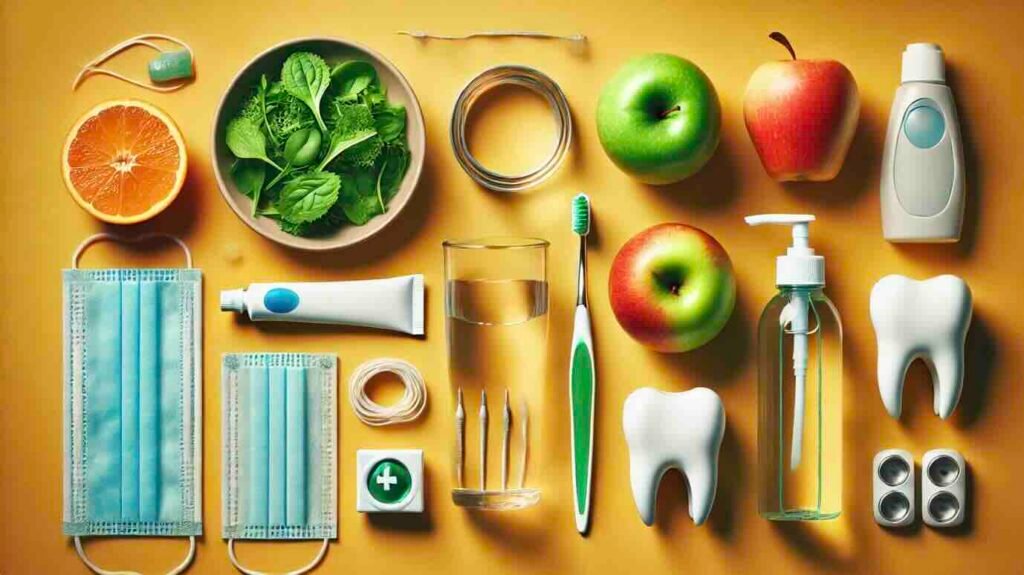
3. Using an Antibacterial Mouthwash
An antibacterial mouthwash can reduce plaque buildup and prevent gum disease. Look for one that contains:
- Chlorhexidine (prescription-strength for gingivitis prevention)
- Cetylpyridinium chloride (for reducing bacteria)
- Essential oils (like eucalyptus and menthol for fresh breath and gum health)
Use mouthwash after brushing and flossing, swishing it around for about 30 seconds before spitting it out.
4. Eating for Healthy Gums
Your diet plays a significant role in gum health. Incorporate foods that strengthen gums and avoid those that contribute to inflammation.
Best Foods for Gums:
- Leafy Greens – Rich in vitamins and minerals that boost immunity.
- Dairy Products – Contain calcium and casein to protect teeth and gums.
- Fatty Fish – Omega-3s reduce inflammation in gum tissues.
- Crunchy Fruits and Vegetables – Help remove plaque naturally.
- Green Tea – Contains antioxidants that promote gum health.
Foods to Avoid:
- Sugary snacks and sodas, which contribute to plaque buildup.
- Processed foods with artificial preservatives that can irritate gums.
- Excessive coffee and alcohol, which can cause dry mouth.
5. Stay Hydrated
Drinking enough water helps flush away food particles and bacteria that can harm your gums. Saliva production also plays a crucial role in protecting your gums from harmful bacteria.
6. Avoiding Harmful Habits
Some habits can increase the risk of gum disease and should be avoided:
- Smoking and Tobacco Use – Reduces blood flow to the gums, increasing infection risk.
- Aggressive Brushing – Can wear down gum tissue and cause recession.
- Clenching or Grinding Teeth – Puts pressure on gums, leading to gum damage.
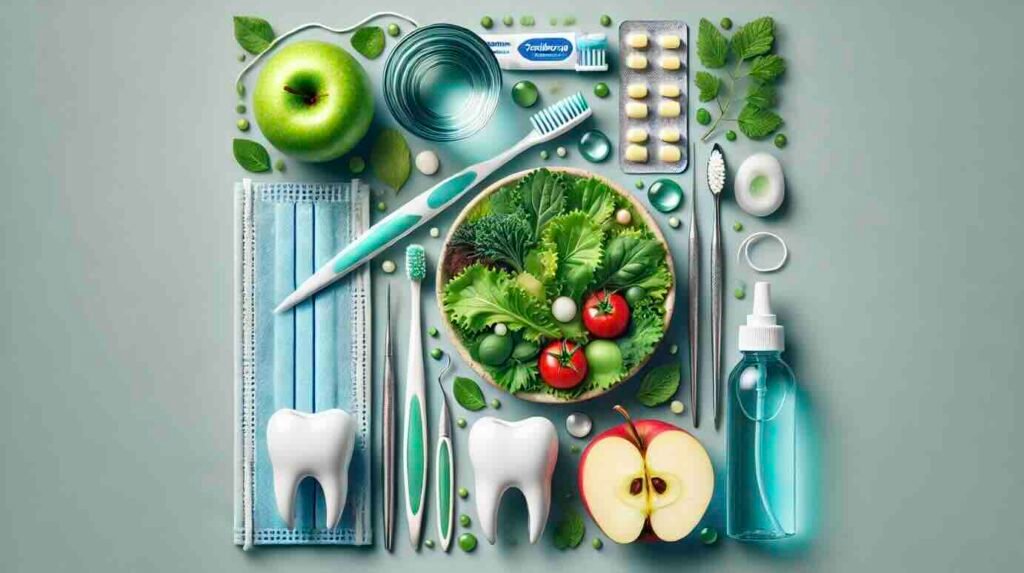
Professional Gum Care: When to See a Dentist
Even with the best at-home care, professional dental visits are crucial for gum health. Your dentist can detect early signs of gum disease and provide deep cleanings to remove stubborn plaque and tartar.
1. Regular Dental Checkups
- Visit your dentist at least twice a year for cleanings and checkups.
- If you have a history of gum disease, you may need more frequent visits.
2. Professional Treatments for Gum Care
If your gums show signs of disease, your dentist may recommend treatments such as:
- Scaling and Root Planing: Deep cleaning below the gumline to remove plaque and bacteria.
- Gum Grafts: If you suffer from gum recession, a graft can restore lost tissue.
- Laser Therapy: Helps remove bacteria and promotes gum healing.
Signs of Unhealthy Gums: When to Take Action
Early detection of gum disease can prevent serious complications. Be on the lookout for these warning signs:
- Red, swollen, or tender gums
- Bleeding while brushing or flossing
- Receding gums exposing tooth roots
- Persistent bad breath
- Loose or shifting teeth
If you notice any of these symptoms, consult a dentist as soon as possible.
Conclusion on Gum Care: Healthy Gums, Healthy Life
Caring for your gums is just as important as taking care of your teeth. A strong oral hygiene routine, a nutritious diet, and regular dental visits will keep your gums in excellent condition, protecting your overall oral health. By taking preventive measures now, you can ensure a lifetime of healthy smiles and reduce the risk of serious dental problems down the road.
Start today—implement these gum care practices and make your oral health a priority!
